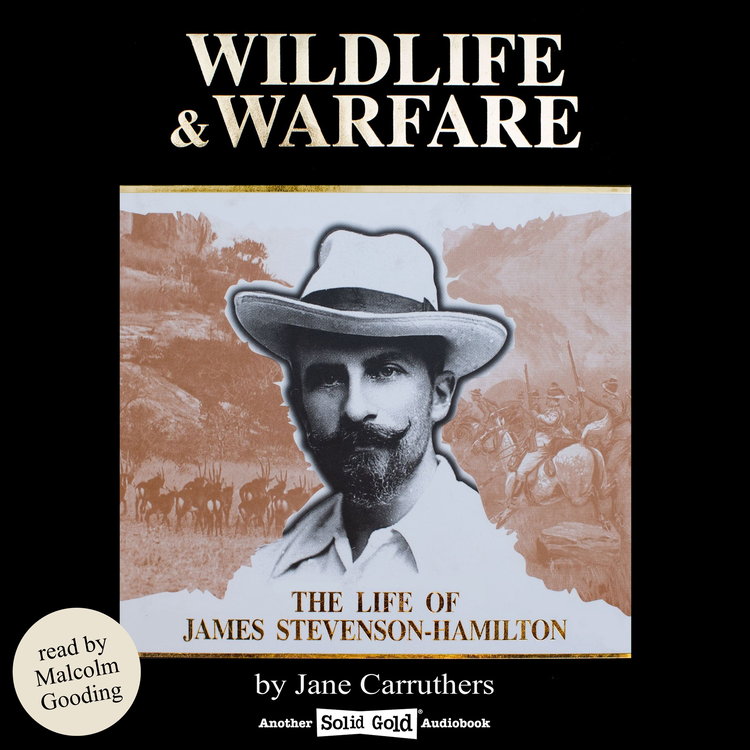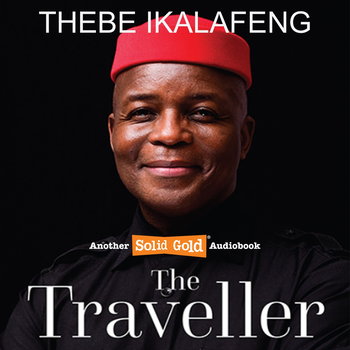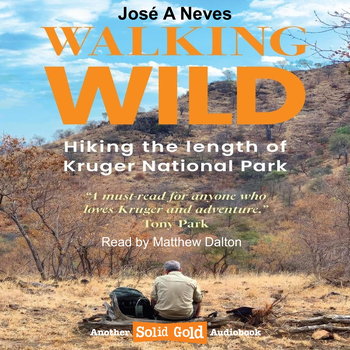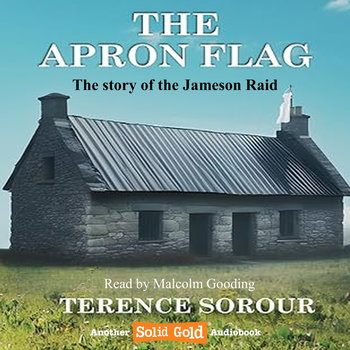
Wildlife & Warfare | Jane Carruthers [Read by Malcolm Gooding]
Loading player...
The Life of James Stevenson-Hamilton
Written by Jane Carruthers
Narrated by Malcolm Gooding
More than any other individual, James Stevenson-Hamilton can be credited with the creation of the Kruger National Park in South Affica.
In 1902, when the South African War ended, Stevenson-Hamilton swopped his military career for the more uncertain calling of a game warden. Under his supervision the small, neglected and war-ravaged Sabi Game Reserve expanded in stature and size. By the time he retired in 1946, the Kruger National Park had become as one of the great national parks of the world.
The evolution of the Kruger National Park was his life's work but Stevenson-Hamilton kept his many other interests alive. During the First World War he fought in Gallipoli and Egypt. In 1917 he was seconded to a civilian administrative post in the southern Sudan where he remained until 1921. During the late 1920s and 1930s he consolidated the development of the Kruger Park. After his retirement he remained in South Africa and lived with his wife and family near White River in the Eastern Transvaal
Written by Jane Carruthers
Narrated by Malcolm Gooding
More than any other individual, James Stevenson-Hamilton can be credited with the creation of the Kruger National Park in South Affica.
In 1902, when the South African War ended, Stevenson-Hamilton swopped his military career for the more uncertain calling of a game warden. Under his supervision the small, neglected and war-ravaged Sabi Game Reserve expanded in stature and size. By the time he retired in 1946, the Kruger National Park had become as one of the great national parks of the world.
The evolution of the Kruger National Park was his life's work but Stevenson-Hamilton kept his many other interests alive. During the First World War he fought in Gallipoli and Egypt. In 1917 he was seconded to a civilian administrative post in the southern Sudan where he remained until 1921. During the late 1920s and 1930s he consolidated the development of the Kruger Park. After his retirement he remained in South Africa and lived with his wife and family near White River in the Eastern Transvaal





